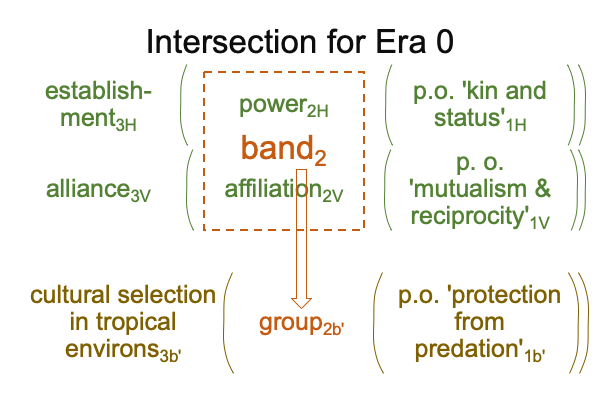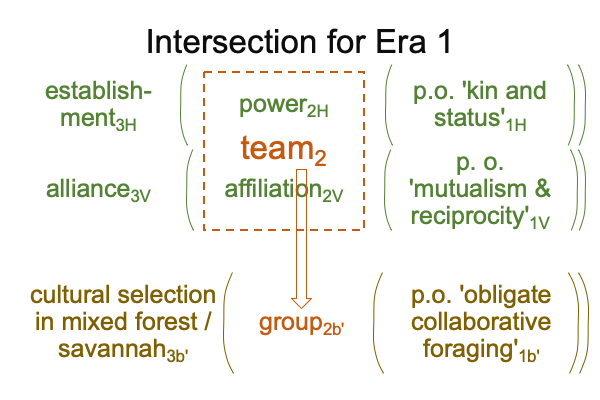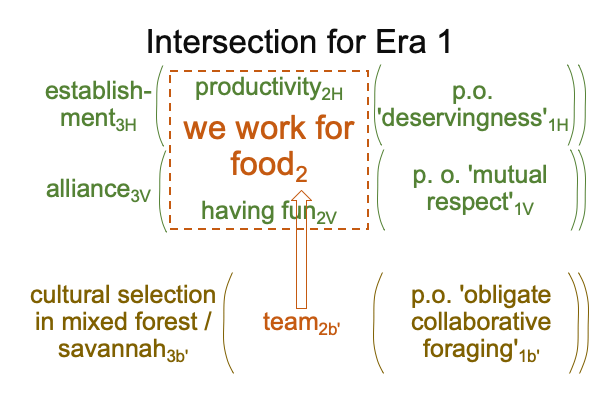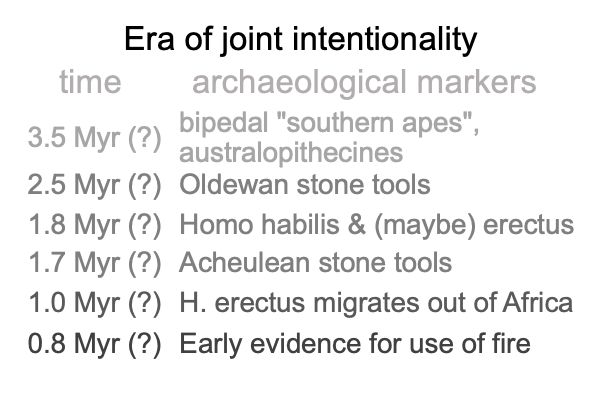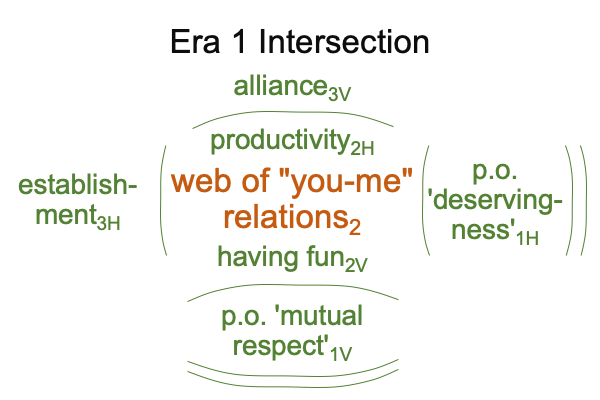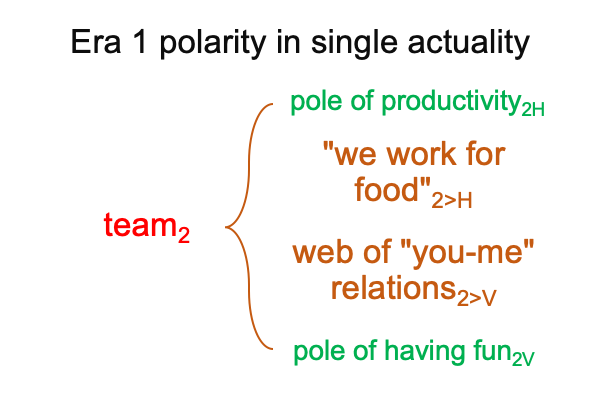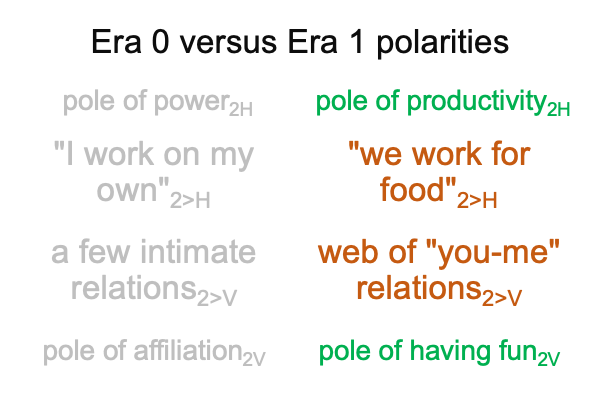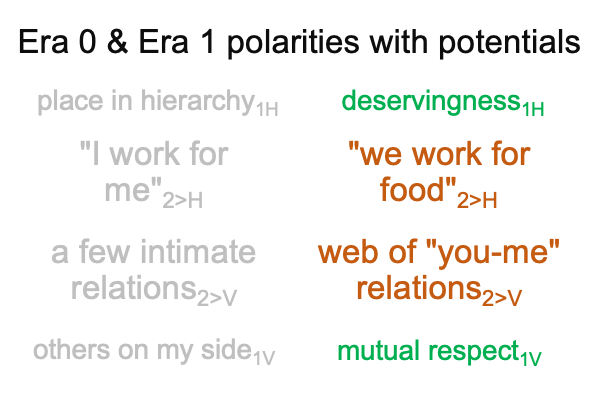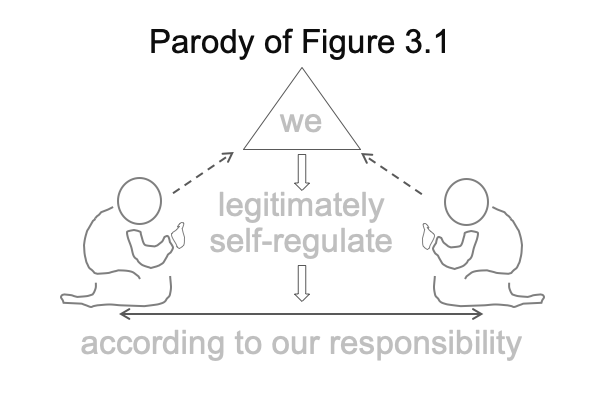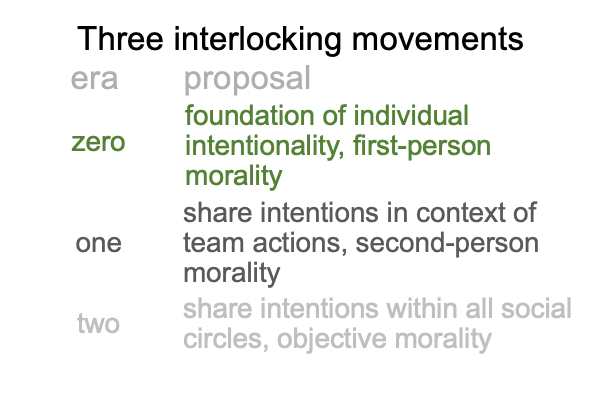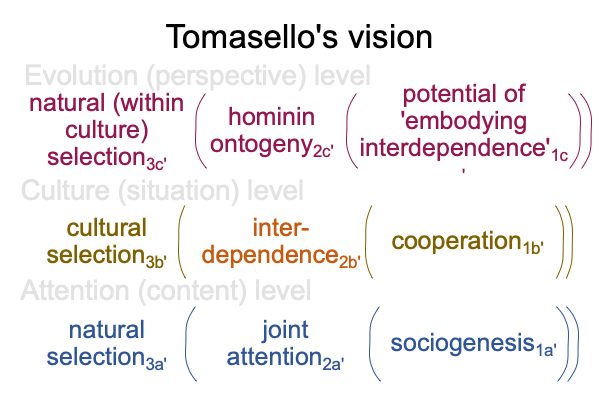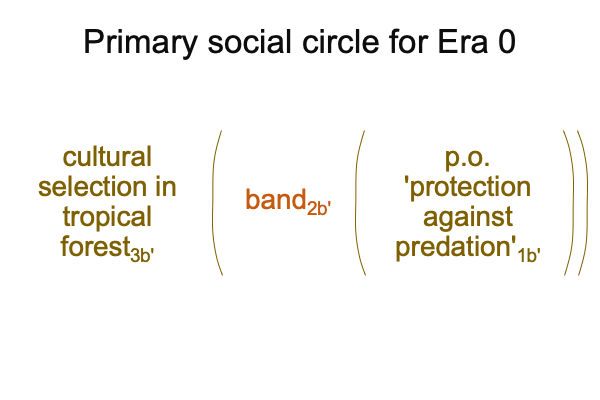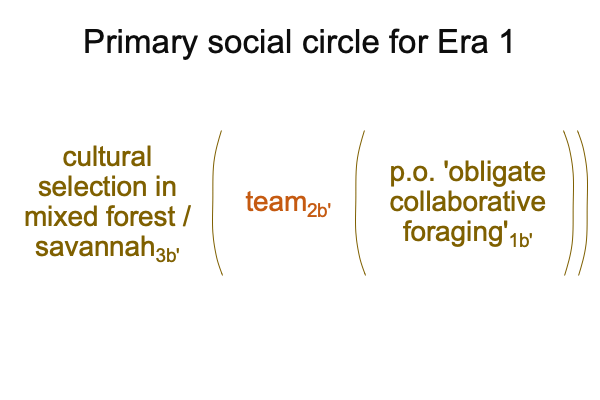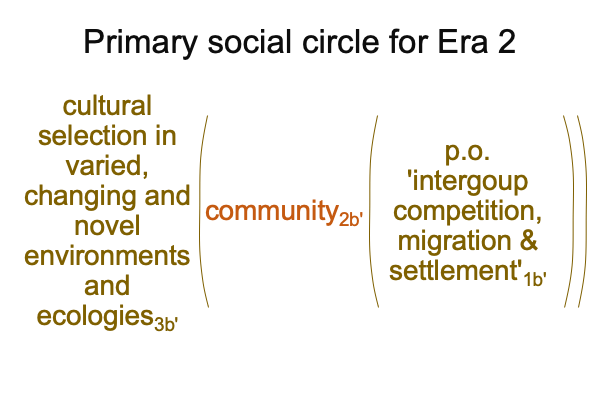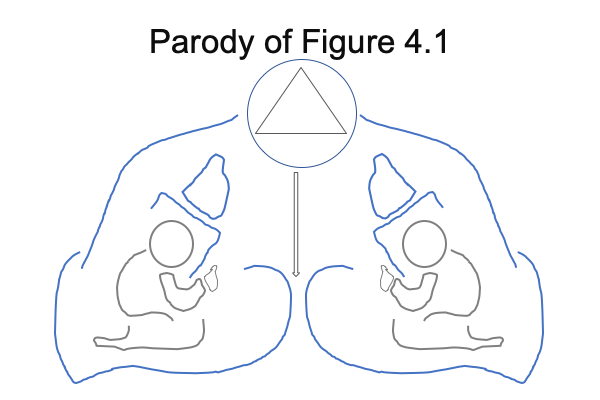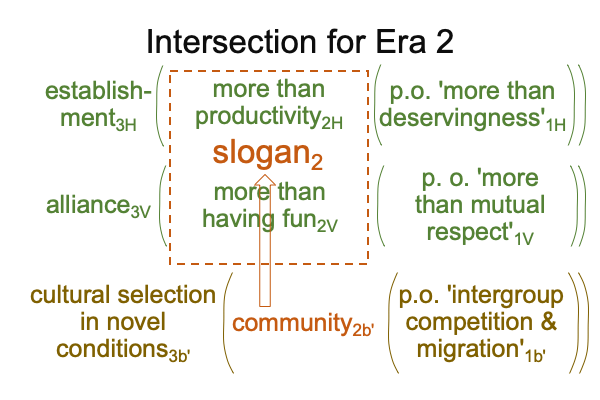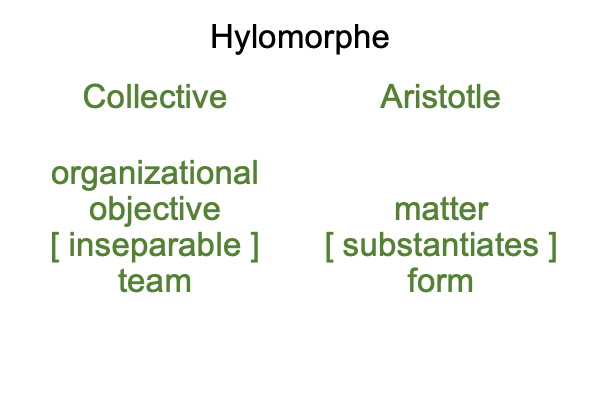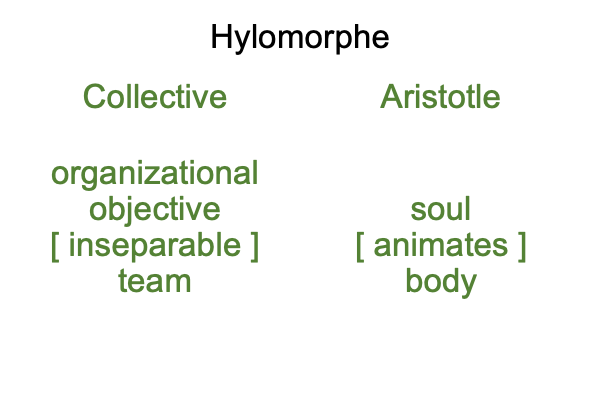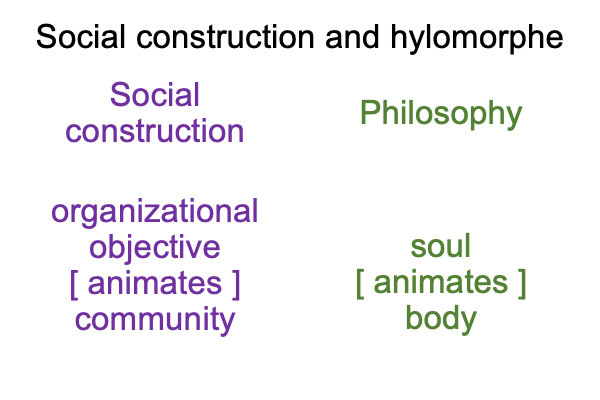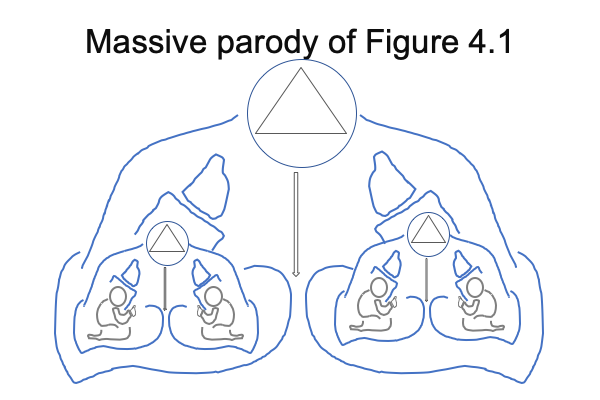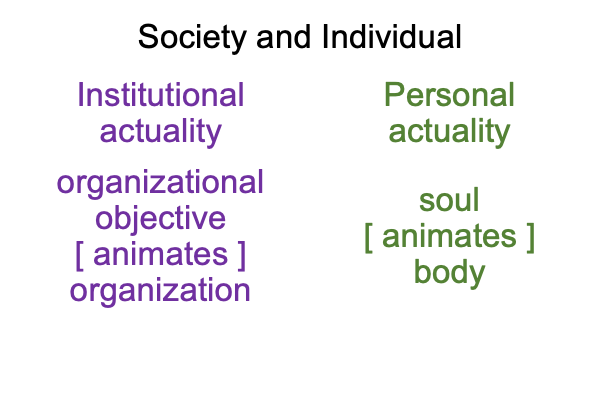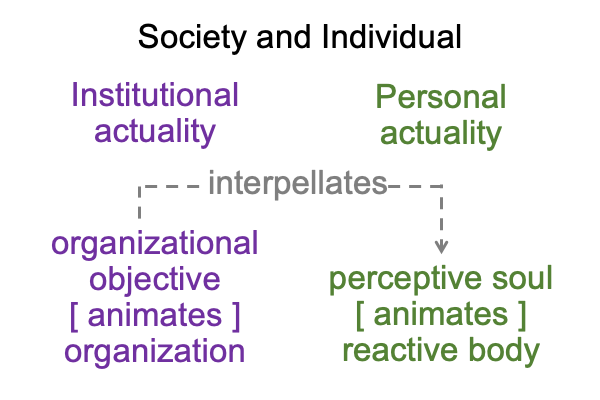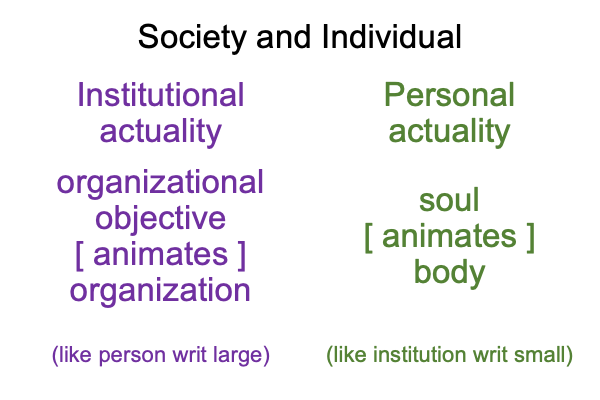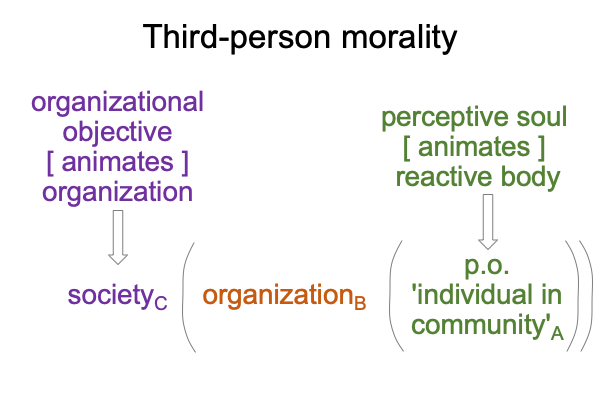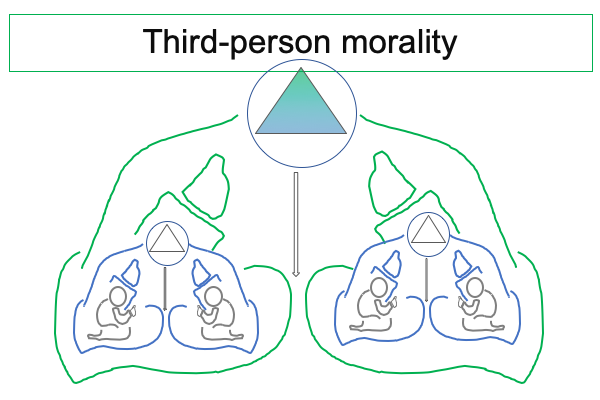Looking at Michael Tomasello’s Book (2016) “A Natural History of Human Morality” (Part 6 of 22)
0444 So, is the era of individual intentionality truly Machiavellian?
No, the adjective, “Machiavellian”, does not qualify.
For one, Machiavelli writes in our current Lebenswelt.
For two, the previous blog shows me that the behavioral and cognitive traits of the era of individual intentionality, when transubstantiated in our current Lebenswelt through a late-modern critique of power2H and affiliation2V, recast these terms into awareness2H and tribalism2V, thereby reallocating the two pillars of human morality (as noted by early-modern philosopher, David Hume), fairness1V and justice1H, into the expert-defined possibilities of alienation1V and resentment1H.
0445 “Reallocate”?
Yes, that is what postmodern theorists mandate the state to do. Reallocate cooperation1b from historical foundations1a to late-modern, theoretically defined foundations1a.
0446 Hmmm. That makes me wonder.
Where do Hume’s two pillars appear in the following intersection, applying to the era of individual intentionality?
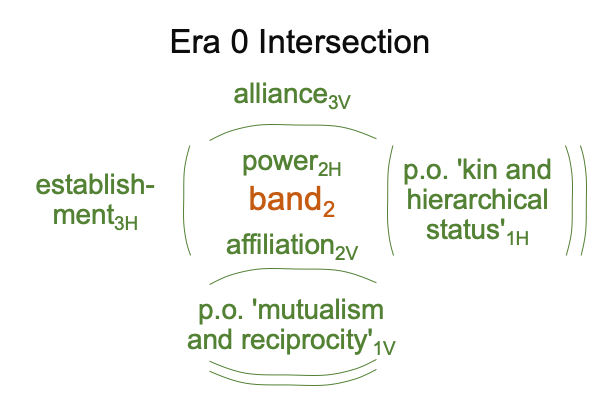
0447 To me, ‘justice’ associates to ‘one’s kin as well as one’s hierarchical status’1H. What? Is that not a selection pressure identified by evolutionary anthropologists? Yes, it is. Note how well this selection pressure fits into the slot1Hotherwise labeled, “potential of place in hierarchy1H“.
Also, ‘fairness’ associates to ‘mutualism and reciprocity’1V. Yes, that is another selection pressure identified by evolutionary anthropologists. Note how well this selection pressure fits into the slot1V otherwise labeled, “potential of having others on my side1V“.
0448 What does this imply?
“Justice1H” and “fairness1V” are already values in the era of individual intentionality. However, these values do not correspond to what people, in our current Lebenswelt, think that they ought to mean. They correspond to selection pressures identified by evolutionary anthropologists.
Struggles between power2H and affiliation2V play out among family (5) and friends (5) within a band (50). The band2b is the group selected for in a tropical environment and ecology3b in order to afford protection from predators1b. Each individual can forage on his or her own. But, to go off alone is a death sentence.
0449 Here is a picture.
